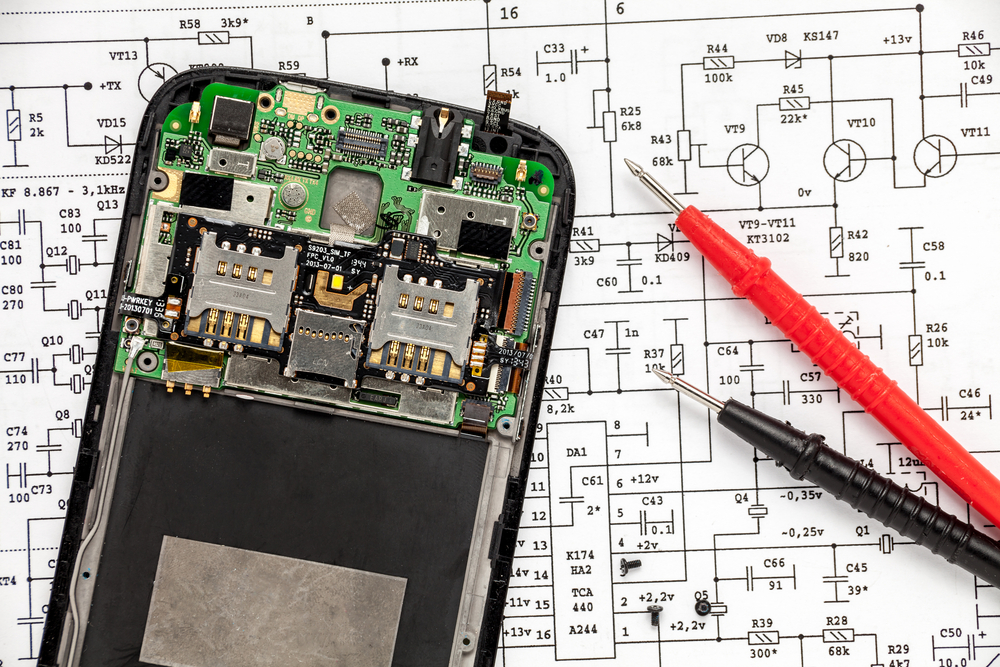Every year there are new expectations for what the mobile sector will achieve. On the hardware side, it is due time we start seeing some foldable phones which were already predicted several years ago. Other changes will be coming to mobile hardware as well, as most manufacturers pushed back foldable phones until at least 2018.
#3 The End of The 3.5mm Headphone Jack
It has been coming for quite some time now, but it looks like more mobile manufacturers will get rid of the headphone jack altogether. Apple started this new trend last year when they unveiled the iPhone 7. Despite facing a lot of backlash things seem to have quieted down in recent months.
Companies such as Samsung are looking to get rid of the 3.5mm jack as well. Saving on internal space means making sacrifices. With Bluetooth headphones becoming more common, now seems to be a very good time to force such a switch. It is possible we will see USB-C to 3.5mm audio jack converters make an appearance in 2017.
#2 Facial And Iris Recognition Features Will Be Fine Tuned
Most mobile devices are equipped with a fingerprint sensor but do not offer any other form of biometric authentication. Some companies have experienced with facial recognition in the past, to little avail. New breakthroughs in iris and facial recognition features, as well as the required technology may shake up the mobile sector in 2017.
TrendForce estimates 70 million smartphones equipped with this technology will be shipped out in 2017. If this prediction is correct, that would mean an annual growth of over 100%. For the time being, it remains unclear which manufacturers are experimenting with this technology in their upcoming mobile products. CES 2017 may provide some guidance in this regard.
#1 One In Five Phones Will Have 3D Camera Technology
The topic of 3D cameras in mobile devices has been kicked around a few times in recent years. So far, none of the manufacturers have successfully cracked the code, but that situation may come to change very soon. Gartner estimates 20% of all smartphones shipped in 2017 will be equipped with 3D cameras. To be more precise, the group predicts a dual camera approach is the best way to bring this technology to the masses.
Advantages of 3D camera technology range from a depth of field capture to rendering 3D images and even gesture control. It took people some time to get used to their touch screens, but the next wave of technology is already around the corner. We will have to wait and see if manufacturers can deliver on 3D camera technology this year, though.
If you liked this article, follow us on Twitter @themerklenews and make sure to subscribe to our newsletter to receive the latest bitcoin, cryptocurrency, and technology news.

